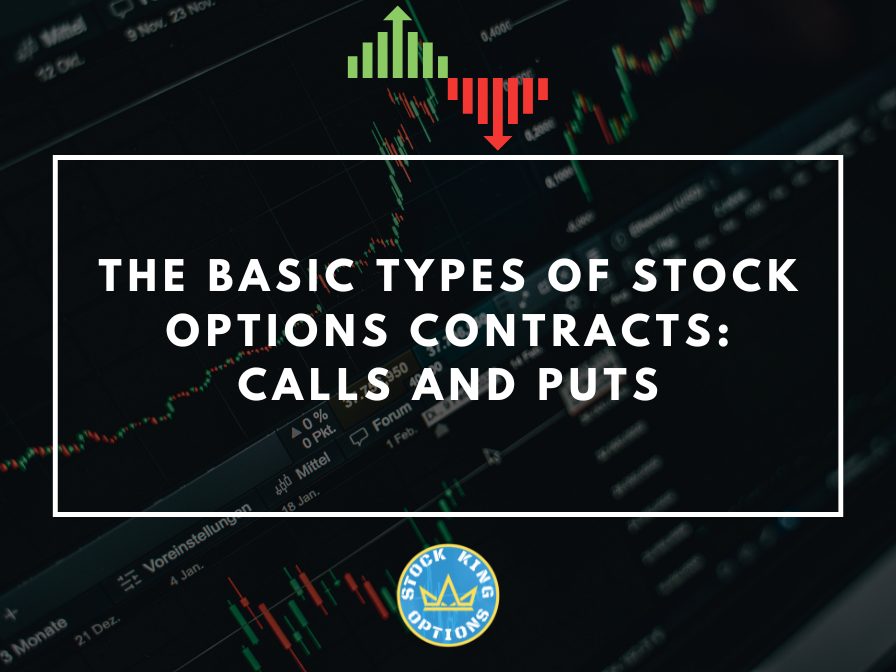
Are you considering investing in the stock market? Do you want to know more about options contracts and how they work? Look no further! We will explore the two basic types of options contracts: calls and puts. Stock options is a different type of investing in the stock market. By understanding these fundamental concepts, you’ll be on your way to becoming a savvy investor in no time. So buckle up and let’s dive into the world of stock options!
Understanding Call Options: A Basic Overview
When you buy a call option, you are buying the right to purchase a stock at a specific price, known as the strike price, at any time before the expiration date of the option. Call options are said to be “in the money” when the current market price of the underlying stock is above the strike price. For example, if you have a call option with a strike price of $50 and the stock is currently trading at $60, then your call option is “in the money” by $10.
If you decide to exercise your call option, you will purchase the shares of stock at the strike price and can then sell them immediately for a profit. Alternatively, you can hold onto the shares and hope that they continue to increase in value so that you can sell them later for an even higher price. Of course, there is always the risk that the stock might decrease in value instead of increasing, in which case you would be forced to sell at a loss or wait until the expiration date in hopes that it recovers.
Purchasing a put option gives you the right to sell shares of a stock at a specific price (the strike price) at any time before the expiration date. Put options are “in the money” when the current market price is below the strike price. So, if you have a put option with a strike price of $50 and the stock is currently trading at $40 per share, then your put option is “in-the-
Understanding Put Options: A Basic Overview
Put options are a type of contract that gives the holder the right, but not the obligation, to sell an underlying asset at a specified price within a certain time frame. The buyer of a put option believes that the underlying asset will decrease in value over the life of the contract.
There are two main types of put options: American-style and European-style. American-style put options can be exercised at any time before expiration, while European-style put options can only be exercised on the expiration date.
The premium is the price paid for the contract. It is composed of two parts: the intrinsic value and the time value. The intrinsic value is simply the difference between the strike price and the current market price of the underlying asset. The time value is based on factors such as volatility and time to expiration.
When exercising a put option, the holder sells the underlying asset at the strike price. If they believe that it will fall further in value, they can hold onto the option and hope to sell it later at a higher premium. Puts can also be used as part of a hedging strategy to protect against potential losses in other positions.
Differences Between Calls and Puts: How to Choose the Right Option Contract
Choosing the right option contract when trading stock options comes down to understanding the difference between calls and puts. A call is a right to buy a stock at a certain price by a certain date, while a put is the right to sell a stock at a certain price by a certain date.
So, which one should you choose? It depends on your investment strategy and market conditions. If you think the stock price will go up, you would buy a call. If you think the stock price will go down, you would buy a put.
However, it’s not always that simple. You also need to consider things like time value and implied volatility when making your decision. Time value is the amount of time until the option expires. The longer the time until expiration, the higher the time value. Implied volatility is how much movement in the underlying asset is expected in the future. Higher implied volatility means there’s a greater chance for price movement, so options with higher implied volatility are more expensive.
Ultimately, it’s up to you to decide which type of options contract is right for your investment strategy. By understanding the differences between calls and puts, as well as other factors like time value and implied volatility, you can make informed decisions that will help you reach your financial goals.




